
Innovative Designs for Sustainable Commercial Greenhouses: Maximizing Crop Yields Efficiently
The increasing global population, projected to reach 9.7 billion by 2050 according to the United Nations, necessitates innovative agricultural solutions to ensure food security and sustainability. Commercial greenhouses have emerged as a vital component in this endeavor, offering a controlled environment that maximizes crop yields while minimizing resource consumption. A report by Grand View Research indicates that the global commercial greenhouse market is expected to reach USD 31.0 billion by 2027, demonstrating a significant shift towards more sustainable agricultural practices. By leveraging advanced technologies and sustainable design principles, these facilities can optimize growing conditions, enhance crop quality, and significantly reduce water and energy usage. This article will outline innovative design strategies and practical tips for implementing sustainable practices in commercial greenhouses, aiming to help growers achieve higher efficiency while addressing environmental challenges in agriculture.
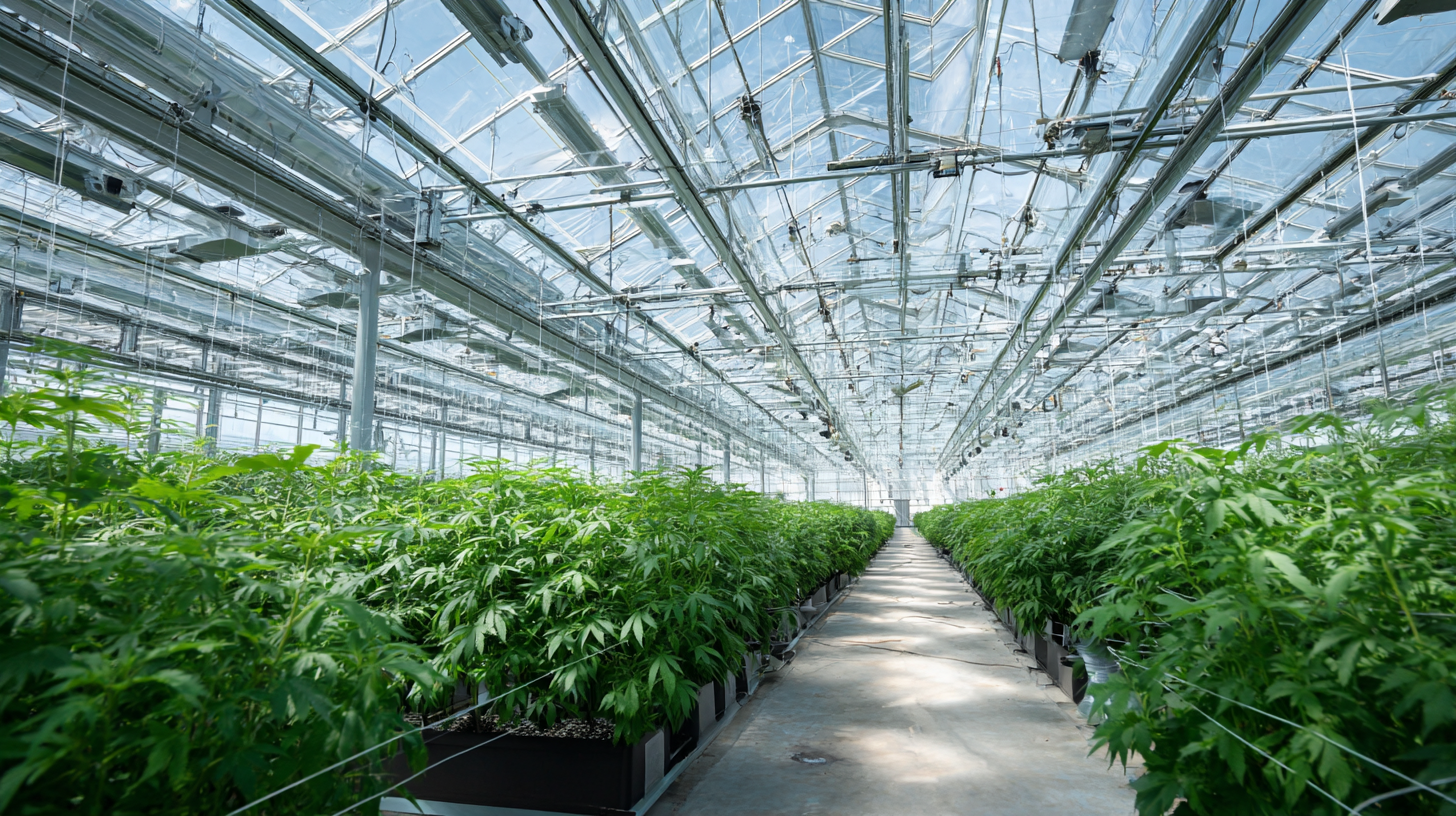
Innovative Materials and Technologies in Sustainable Greenhouse Design for High-Yield Production
Innovative materials and technologies are revolutionizing the design of sustainable commercial greenhouses, significantly enhancing crop yields while addressing the urgent need for environmentally responsible agricultural practices. The integration of advanced energy-efficient materials, including natural fiber composites, plays a crucial role in reducing energy demands associated with greenhouse operations. These materials not only allow for better thermal regulation but also promote the efficient use of resources throughout the growing season.
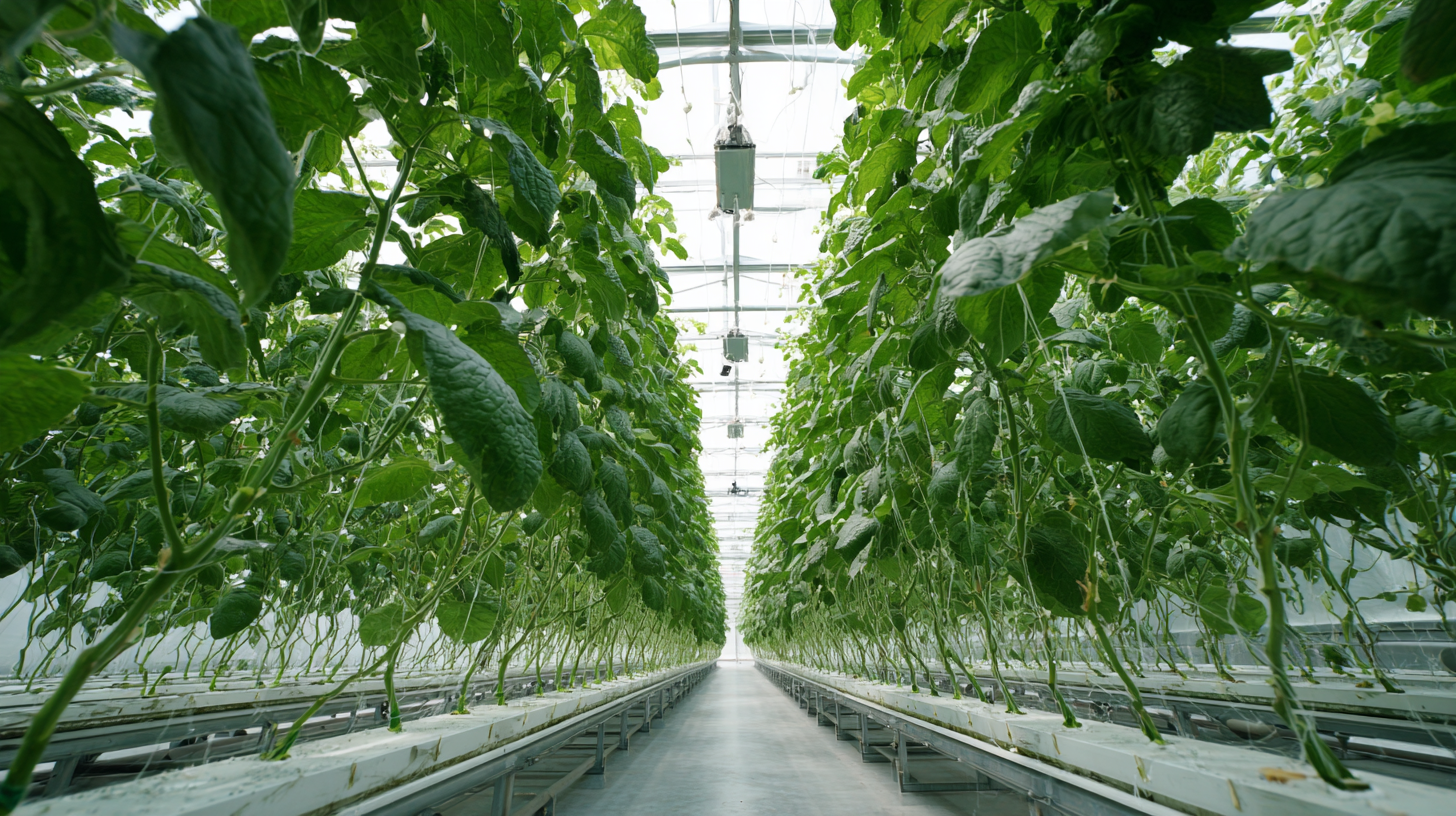
Furthermore, the application of phase change materials in solar greenhouses is driving improvements in climate control, enabling optimal conditions for crop growth regardless of external weather fluctuations. Such innovations support the cultivation of diverse crops in a more sustainable manner, proving essential in the face of climate change. The exploratory implementation of next-generation technologies, like smart light manipulation and efficient water use strategies, highlights the future of greenhouse design as a field brimming with potential.
By leveraging these advanced methodologies, the agricultural sector can achieve high-yield production while minimizing its ecological footprint.
Integrating Smart Sensor Technology for Enhanced Climate Control and Crop Management
The integration of smart sensor technology in commercial greenhouses represents a transformative shift in the agricultural landscape, particularly in enhancing climate control and crop management. By employing advanced sensors, farmers can collect real-time data on soil conditions, humidity, temperature, and light levels, enabling precise adjustments that promote optimal growth conditions. This not only maximizes crop yields but also significantly boosts resource efficiency, reducing water usage and energy consumption.
As the global market for smart horticultural systems is projected to grow from $339.73 million in 2025 to $2.44807 billion by 2033, the urgency for innovative designs in sustainable greenhouse architecture becomes apparent. Such advancements not only facilitate higher productivity but also align with the increasing consumer demand for sustainable produce. However, challenges persist, including high operational costs and quality concerns associated with crops grown in plant factories. By leveraging smart technology, the agricultural sector can address these issues, ensuring that the future of food production is both efficient and sustainable.
Utilizing Hydroponics and Vertical Farming Systems to Maximize Space Efficiency
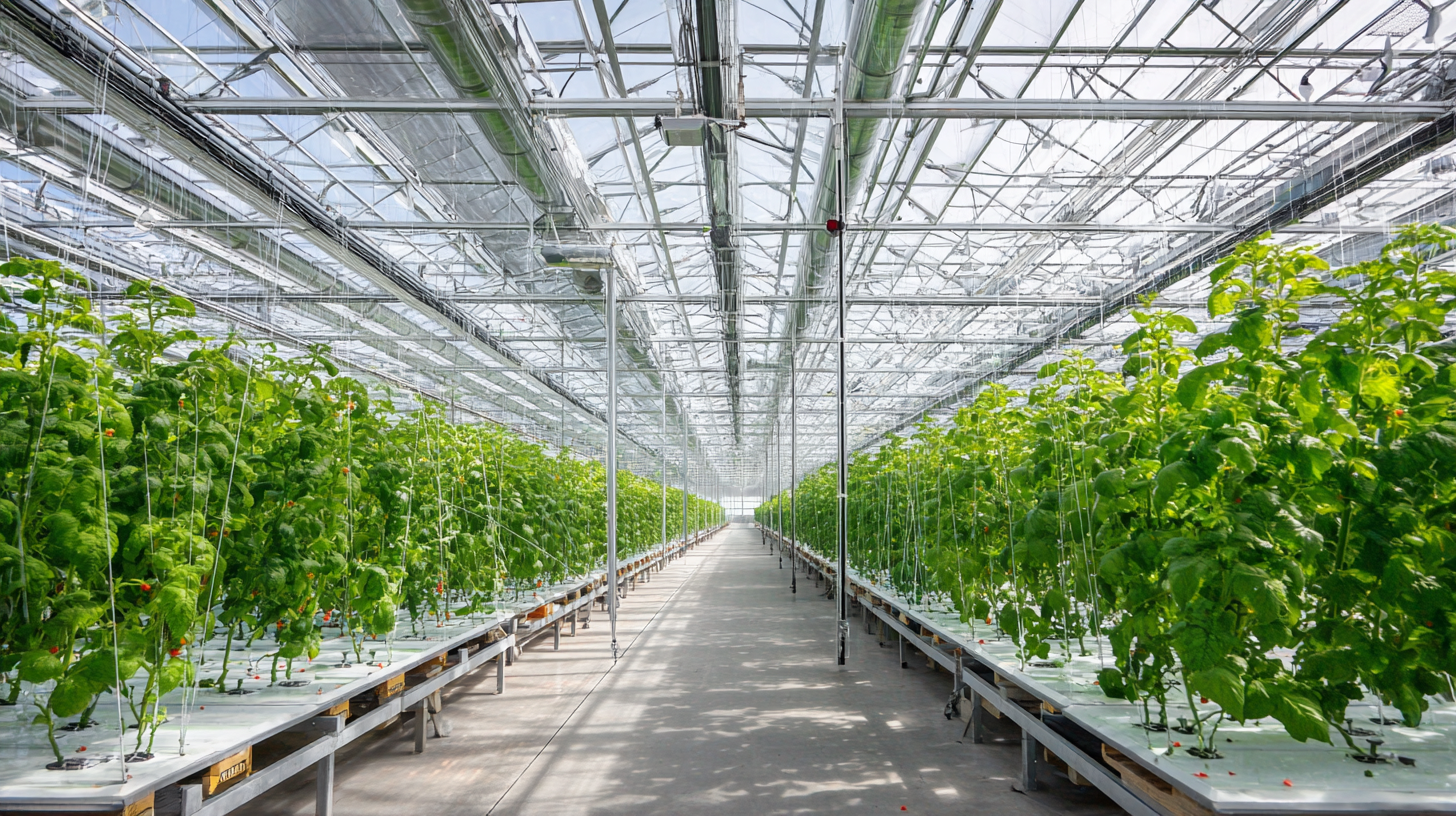 The future of agricultural production lies in innovative designs that integrate hydroponics and vertical farming systems. These techniques are pivotal in maximizing space efficiency, allowing growers to produce more food within smaller areas. According to a report from the Food and Agriculture Organization, hydroponics can yield up to 20% more than traditional soil-based farming, thanks to optimized nutrient management and controlled environments. Vertical farming, on the other hand, not only conserves space but can also minimize water usage by up to 95% due to its closed-loop systems.
The future of agricultural production lies in innovative designs that integrate hydroponics and vertical farming systems. These techniques are pivotal in maximizing space efficiency, allowing growers to produce more food within smaller areas. According to a report from the Food and Agriculture Organization, hydroponics can yield up to 20% more than traditional soil-based farming, thanks to optimized nutrient management and controlled environments. Vertical farming, on the other hand, not only conserves space but can also minimize water usage by up to 95% due to its closed-loop systems.
Tip: To enhance the success of hydroponic systems, consider using LED grow lights optimized for plant growth, which can increase crop yields by as much as 50% while reducing energy costs.
When implementing vertical farming, the design should prioritize airflow and light distribution to avoid overshadowing and ensure uniform growth. Research from the Journal of Agricultural Engineering suggests that creating multiple tiers and orienting them strategically can maximize exposure to light and nutrients. As urban environments expand, these techniques are proving essential for meeting the food demands of growing populations.
Tip: Regularly monitor pH and nutrient levels in hydroponic systems to ensure optimal plant health; small adjustments can lead to significant improvements in yield and growth rate.
Sustainable Energy Solutions: Solar Power and Rainwater Harvesting for Greenhouse Operations
In recent years, the integration of sustainable energy solutions such as solar power and rainwater harvesting has become essential for maximizing the efficiency and productivity of commercial greenhouses. According to the U.S. Department of Agriculture (USDA), implementing solar energy systems can reduce greenhouse operational costs by up to 70%. This significant reduction allows growers to invest more resources into crop management and innovative technologies, ultimately increasing yield potential. The versatility of solar panels not only provides electricity for lighting and climate control but also contributes to the cultivation of high-value crops in energy-efficient spaces.
Additionally, the practice of rainwater harvesting in greenhouse operations has gained traction as a means to enhance sustainability. The National Oceanic and Atmospheric Administration (NOAA) reports that greenhouse operations can harvest between 1,200 to 1,500 gallons of rainwater per 1,000 square feet of roof area annually. This harvested water can significantly offset irrigation costs, particularly in regions facing water scarcity. By incorporating rainwater systems alongside solar technologies, commercial greenhouses can create a closed-loop system that minimizes reliance on municipal resources, while ensuring optimal growth conditions for crops. This combination not only boosts the sustainability of greenhouse operations but also meets the increasing demand for eco-friendly food production practices.
Data-Driven Approaches: Analyzing Crop Performance and Yield Metrics through Digital Tools
In the modern agricultural landscape, data-driven approaches play a crucial role in enhancing the performance of sustainable commercial greenhouses. By leveraging digital tools such as precision agriculture systems and advanced analytics, farmers can closely monitor crop yields and make informed decisions that lead to increased productivity. Research indicates that by 2025, more than 60% of farms worldwide will utilize these technologies for yield data analysis, which underscores the shift towards a more data-centric farming strategy.
One effective way to maximize crop yields efficiently is through the use of a predictive model for crop harvesting, which considers market dynamics. This type of forecasting can help farmers determine the optimal times to harvest specific crops, ensuring that they capitalize on market demand while enhancing overall productivity. Additionally, utilizing satellite imagery can boost yields significantly, confirming that technology is key in modern agriculture.
**Tips for Successful Data-Driven Farming:**
1. Implement precision agriculture tools to collect real-time data on crop performance and soil health.
2. Regularly analyze yield metrics to identify trends and make timely adjustments to cultivation practices.
3. Leverage digital agronomy tools for better decision-making, helping to streamline operations and optimize resource use.
Crop Yield Comparison in Innovative Greenhouse Designs
This bar chart illustrates the crop yields achieved in different innovative greenhouse designs. Each design represents a distinct approach to maximizing efficiency and sustainability, showcasing their respective crop yields in tons per hectare. Design C achieves the highest yield among the options presented.
Related Posts
-

Transform Your Harvest with Best Light Deprivation Greenhouse Successful Applications in Agriculture
-
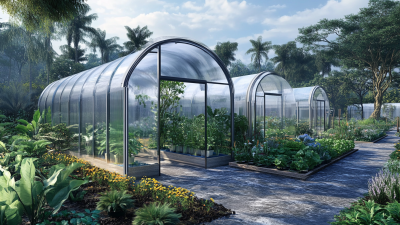
Unlocking Opportunities for Hydroponic Greenhouses at the 137th Canton Fair 2025
-
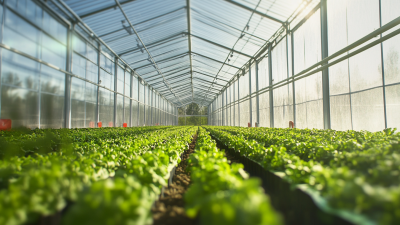
Quality Greenhouses from China: A Global Marketplace Revolution
-
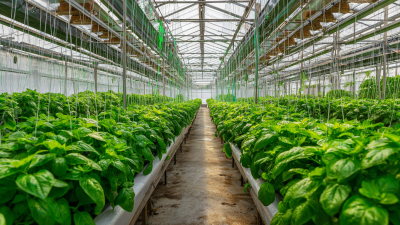
10 Advantages of Best Tunnel Greenhouse in Urban Farming for Higher Yields
-
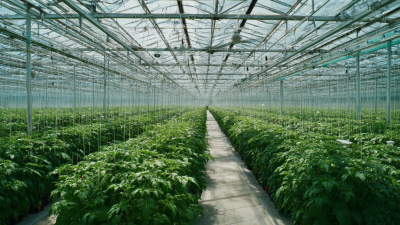
Unleashing Global Excellence with China's Finest Vegetable Greenhouses
-

The Ultimate Checklist for Choosing the Perfect Industrial Greenhouse Design
